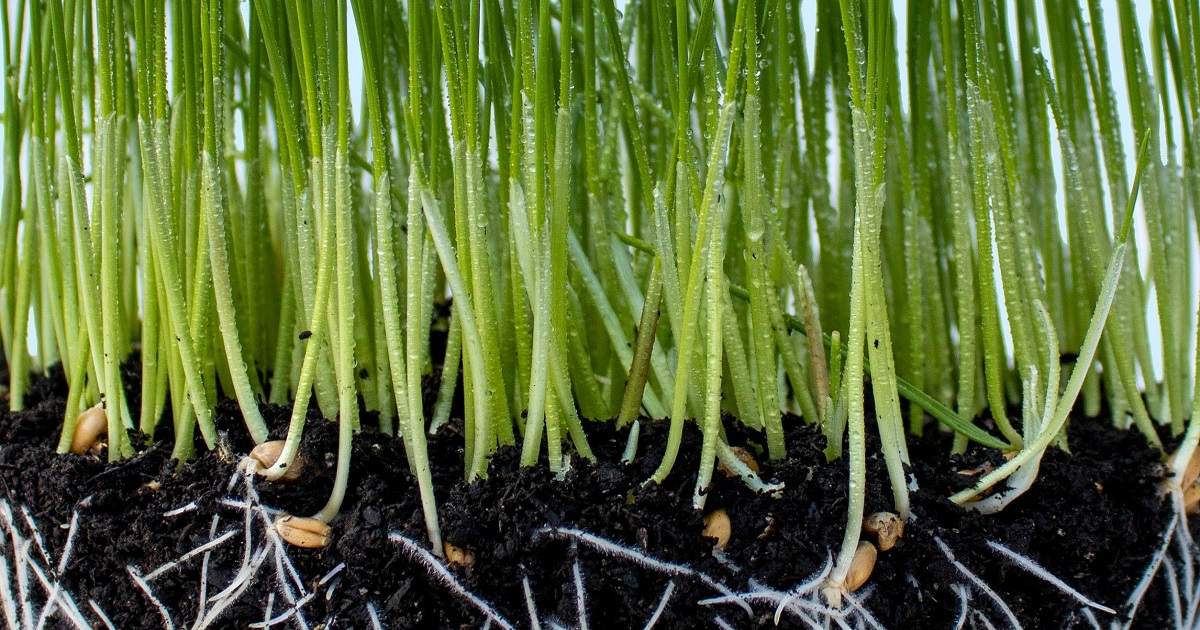Beneficial Microorganisms for Plants
A special issue of Biology (ISSN 2079-7737). This special issue belongs to the section "Microbiology".
Deadline for manuscript submissions: 30 June 2024 | Viewed by 7081

Special Issue Editor
Interests: Plant-Growth-Promoting Rhizobacteria (PGPR); soil microbial communities; sphingomonas; plant–bacteria interaction
Special Issues, Collections and Topics in MDPI journals
Special Issue Information
Dear Colleagues,
Microorganisms have been successfully used in agriculture as a strategy to sustainably improve plant growth and health. However, these approaches are still limited to a small number of organisms and their effectiveness is often limited when transferred from the laboratory to the field. Conversely, the impact of these microbial inputs on microbial communities is generally neglected, while the introduction of high densities of microorganisms can affect the complex and dynamic balance of soil microbial communities.
This Special Issue is devoted to original papers dealing with (i) the use of microorganisms (alone, in combination, or at the community level) to improve plant growth and health; (ii) the factors that influence or improve the efficiency of these beneficial microorganisms; and (iii) the effects of these microorganisms on native microbial communities, especially in a laboratory-to-field transfer approach.
Dr. Jérôme Duclercq
Guest Editor
Manuscript Submission Information
Manuscripts should be submitted online at www.mdpi.com by registering and logging in to this website. Once you are registered, click here to go to the submission form. Manuscripts can be submitted until the deadline. All submissions that pass pre-check are peer-reviewed. Accepted papers will be published continuously in the journal (as soon as accepted) and will be listed together on the special issue website. Research articles, review articles as well as short communications are invited. For planned papers, a title and short abstract (about 100 words) can be sent to the Editorial Office for announcement on this website.
Submitted manuscripts should not have been published previously, nor be under consideration for publication elsewhere (except conference proceedings papers). All manuscripts are thoroughly refereed through a single-blind peer-review process. A guide for authors and other relevant information for submission of manuscripts is available on the Instructions for Authors page. Biology is an international peer-reviewed open access monthly journal published by MDPI.
Please visit the Instructions for Authors page before submitting a manuscript. The Article Processing Charge (APC) for publication in this open access journal is 2700 CHF (Swiss Francs). Submitted papers should be well formatted and use good English. Authors may use MDPI's English editing service prior to publication or during author revisions.
Keywords
- plant-growth-promoting rhizobacteria (PGPR)
- mycorrhizal fungi
- beneficial microorganisms
- soil microbial communities






